目次
- 1 Nintendo Pulls Products from US Amazon: Anti-Resale Strategy
- 1.1 The Report and Official Responses: What We Know for Certain
- 1.2 The Core Issue: Southeast Asian Imports and Below-MSRP Resales
- 1.3 Amazon’s Proposed Solution and Nintendo’s Rejection
- 1.4 Nintendo’s Comprehensive Anti-Resale Strategy: A New Challenge for Nintendo Switch 2
- 1.5 Major Supply Strategy Shift: Transition to “Next-Generation Phase”
- 1.6 Current Situation in Japan: Amazon Japan and Marketplace Responses
- 1.7 Legal Limitations and the Essence of the Resale Problem
- 1.8 Future Outlook: Toward “Complete Normalization” in October 2025
- 1.9 Conclusion: Toward a New Era of Anti-Resale Measures
Nintendo Pulls Products from US Amazon: Anti-Resale Strategy
On June 30, 2025, Bloomberg reported shocking news that sent ripples through the gaming industry and e-commerce world. Nintendo had allegedly withdrawn its products from Amazon.com’s US website. The report, headlined “Nintendo removes products including Nintendo Switch 2 from Amazon,” spread rapidly worldwide, raising questions about the future of manufacturer-platform relationships.
This article examines the confirmed facts behind this issue, its background, and Nintendo’s comprehensive anti-resale strategy based on verified information.
The Report and Official Responses: What We Know for Certain
First, let’s clarify the confirmed facts. In response to Bloomberg’s report, Nintendo clearly denied the allegations, stating “There is no truth to claims of withdrawal from the United States.” However, Nintendo refused to disclose any details about negotiations or contracts with retailers.
Amazon’s spokesperson also responded that Bloomberg’s claims were inaccurate. Yet Amazon too avoided mentioning specific contract details. While neither company issued complete denials, both remained tight-lipped about the specifics.
A significant fact deserves attention here. As of early July 2025, Amazon was not listed among the authorized retailers on Nintendo of America’s official website. This strongly suggests some change has occurred in the business relationship between the two companies.
The Core Issue: Southeast Asian Imports and Below-MSRP Resales
The main cause of this issue appears to be a dispute between Amazon and Nintendo over third-party unauthorized sales—reselling—on Amazon’s platform. However, the reselling occurring here was fundamentally different from typical resale patterns.
Reverse Resale Pattern: The Below-MSRP Anomaly
In Japan, resold items typically sell for double the retail price or more. However, the opposite phenomenon was occurring on US Amazon. Resellers were selling Nintendo products below Nintendo’s suggested retail price.
According to reports, these resold products were purchased in bulk by resellers in Southeast Asia and exported to the United States. By exploiting regional price differences and exchange rates, a business model emerged where products bought cheaply in Southeast Asia could be sold below MSRP in the US while still generating profit.
This price destruction was extremely serious for Nintendo. Price strategy and distribution management, built over many years, are essential not only for maintaining brand value but also for building healthy relationships with authorized retailers. If below-MSRP sales proliferate, legitimate distribution channels collapse, ultimately harming consumers.
The Collapse of “Sold by Amazon” Credibility
An even more serious issue was the reliability of the “Sold by Amazon” label. Previously, this label meant Amazon had purchased the product directly from Nintendo—a guarantee of authenticity.
However, reports indicate that even some products labeled this way were actually being sold by third-party sellers on Amazon’s platform. This led to situations where consumers mistakenly purchased resold items thinking they were buying from Amazon directly.
Social media filled with complaints: “I thought I was buying Switch 2 from Amazon but it was a reseller” and warnings like “Check carefully that it really says ‘Sold by Amazon’ or you’ll get overpriced resale items.” Consumer trust was being betrayed.
Amazon’s Proposed Solution and Nintendo’s Rejection
According to reports, Amazon proposed adding labels to guarantee product authenticity as a solution. This measure would have helped consumers distinguish between genuine products and resold items.
However, Nintendo rejected Amazon’s proposal. Sources explain that Nintendo ultimately ceased sales on Amazon’s US site. Nintendo apparently judged that symptomatic treatment through labeling wouldn’t solve the fundamental problem.
Nintendo’s Comprehensive Anti-Resale Strategy: A New Challenge for Nintendo Switch 2
This Amazon issue must be understood as part of Nintendo’s comprehensive anti-resale measures implemented before the Nintendo Switch 2 launch (June 5, 2025). Under its philosophy of “bringing smiles to people through entertainment,” Nintendo has deployed unprecedented innovative measures to ensure products reach appropriate consumers.
1. Unprecedented Strict Lottery System
The My Nintendo Store’s lottery sales system features conditions stricter than anything previously seen in the gaming industry.
Specific requirements include:
- At least 50 hours of Nintendo Switch software playtime as of February 28, 2025
- At least one cumulative year of Nintendo Switch Online membership at application time
- Active Nintendo Switch Online membership at the time of application
These aren’t mere purchase restrictions. They’re a revolutionary system for identifying “users who actually play games” and prioritizing product delivery to them. Even if resellers create numerous accounts, meeting these conditions is extremely difficult.
2. Strategic Warranty Changes to Deter Reselling
Switch 2 completely eliminated the warranty cards traditionally included with game consoles. Instead, purchase receipts now serve as warranty documentation. This seemingly minor change contains deep strategic intent.
For resold items, purchase receipts are either unavailable or the sale is treated as a “transfer,” voiding Nintendo’s warranty. This creates the following risks for resellers:
- Consumers avoid expensive products without warranties
- Resellers must handle defective products themselves
- Risk of losses from unsold inventory increases dramatically
In practice, resellers are experiencing losses from excess inventory, fundamentally undermining the profitability of resale businesses.
3. Region-Locked Models to Prevent International Reselling
Nintendo introduced an innovative approach for the Japanese market. They sell affordable “Japanese-only, Japan-exclusive online service” models through general retail, while multi-language models are sold exclusively through the official Nintendo online store.
This strategy aims to:
- Prevent overseas resellers from bulk purchasing in Japan
- Provide affordable models to Japanese consumers
- Allow legitimate users needing multi-language support to purchase through official channels
This revolutionary measure not only blocks resale routes from Southeast Asia to the US but enables supply tailored to each region’s market characteristics.
Major Supply Strategy Shift: Transition to “Next-Generation Phase”
On June 17, 2025, the My Nintendo Store suddenly discontinued its “automatic rollover feature” for lottery applications. Behind this seemingly minor change lay a major shift in Nintendo’s supply strategy.
Strategic Reasons for Discontinuation: Three Perspectives
1. Eliminating “Contamination” of the Lottery Pool by Previous Purchasers
Users who had already purchased Switch 2 elsewhere were automatically remaining in the My Nintendo Store lottery, reducing winning chances for those genuinely wanting the product. With 2.2 million applicants, this “contamination” was a serious problem.
2. Reducing System Load and Improving Operational Efficiency
Managing massive applicant data, regularly checking application conditions, sending win/loss emails—the system load was beyond imagination. Not just server costs but operational costs were becoming enormous.
3. Preparing for Full-Scale Retail Sales
Most importantly, the timing of the automatic rollover discontinuation (June 17) coincided with the emergence of “guerrilla sales” nationwide (around June 20). This wasn’t coincidental but a planned transition strategy by Nintendo.
“Next-Generation Phase” Anti-Resale Measures
Nintendo is transitioning from “excluding resellers through strict application conditions” to more fundamental and sustainable measures:
- Eliminating resale profits through mass supply: Strengthening production systems and supplying sufficient quantities to eliminate price differentials
- Physical resale prevention through retail sales: Implementing in-person verification unique to face-to-face sales, including ID checks and membership card verification
- Reducing resale efficiency through regional distribution: Making bulk purchasing by resellers difficult through simultaneous sales nationwide
Major electronics retailers like Yodobashi Camera and Bic Camera are now reporting numerous cases of sales requiring Gold Point Card Plus or affiliated credit cards, with ID verification required.
Current Situation in Japan: Amazon Japan and Marketplace Responses
There’s no information about Nintendo withdrawing products from Amazon in Japan. However, anti-resale measures are steadily progressing.
Amazon Japan’s Invitation Sales System
Amazon Japan has introduced an “invitation sale (invitation request lottery)” system for popular items like Switch 2. Prospective buyers apply through the “Request Invitation” button, and only those selected through Amazon’s screening and lottery can purchase.
Products covered by this system:
- Nintendo Switch 2 console
- Popular Pokémon cards (Wild Force, Cyber Judge, Pokémon Card 151, etc.)
- Other scarce items
This method prevents fraudulent purchases and reselling while maintaining fairness—a preventive measure based on the US situation.
Current State of Marketplace Sites and Countermeasures
In Japan, Switch 2 continues to be resold at high prices on marketplace sites, with cases of 1.3-1.6 times retail price on Mercari and similar platforms. This contrasts with the US “below-MSRP resale” situation.
Marketplace sites are implementing countermeasures:
- Warnings based on information from Nintendo
- Removing listings violating terms of service
- Suspending accounts of malicious resellers
- Yahoo Shopping and LINE Yahoo removing listings involving hoarding for resale
Legal Limitations and the Essence of the Resale Problem
In Japan, the “principle of freedom of contract” is strongly protected, and reselling game consoles and merchandise falls outside laws like the “Ticket Scalping Prevention Act.” Legally defining “harmful reselling” is technically difficult, and distinguishing between individual sales and organized hoarding is complex, so no comprehensive law exists.
However, legal experts conclude that economically and legally, resellers’ actions should be “eliminated as purely harmful entities.” Resellers:
- Add no value to the market
- Obstruct legitimate distribution
- Harm both consumers and producers
While legal experts suggest criminalization through regulation is constitutionally permissible, industry self-regulation remains the primary approach in practice.
Future Outlook: Toward “Complete Normalization” in October 2025
Nintendo’s supply strategy predicts “complete normalization” by October 2025, when products should be readily available in stores. This results from Nintendo developing faster, more effective distribution strategies based on lessons from the PS5’s long-term shortages.
The Nintendo-Amazon issue isn’t merely a transaction problem between two companies. It represents:
- A turning point in relationships between global e-commerce platforms and manufacturers
- A new approach to the structural problem of reselling
- A challenge for consumer protection and market health
These elements make it a symbolic event in modern commerce.
Conclusion: Toward a New Era of Anti-Resale Measures
The report of Nintendo withdrawing products from US Amazon appears superficially as a transaction issue between two companies, but its essence is a challenge to the structural problem of reselling plaguing the modern e-commerce industry. Facing the unprecedented issue of below-MSRP resales through Southeast Asian imports, Nintendo has deployed comprehensive and innovative countermeasures.
Strict lottery sales, warranty system changes, region-locked models, and major supply strategy shifts—these measures go beyond simply excluding resellers to realize the ideal of “delivering products to those who truly want them at fair prices.”
The structural conflict between manufacturers seeking proper distribution and pricing versus e-commerce platforms guaranteeing sellers’ free economic activity will continue. However, Nintendo’s approach shows the potential to elevate this equilibrium to a new level.
For consumers, an environment enabling purchases at fair prices is welcome. If Nintendo’s anti-resale measures succeed, they’ll become important precedents not just for the gaming industry but for all manufacturers dealing with popular products. A new era of anti-resale measures is beginning right now.
Related Articles
External References
- Bloomberg (Original Report)
- Nintendo Co., Ltd. Official Website
- Nintendo of America
- My Nintendo Store
- Amazon.com
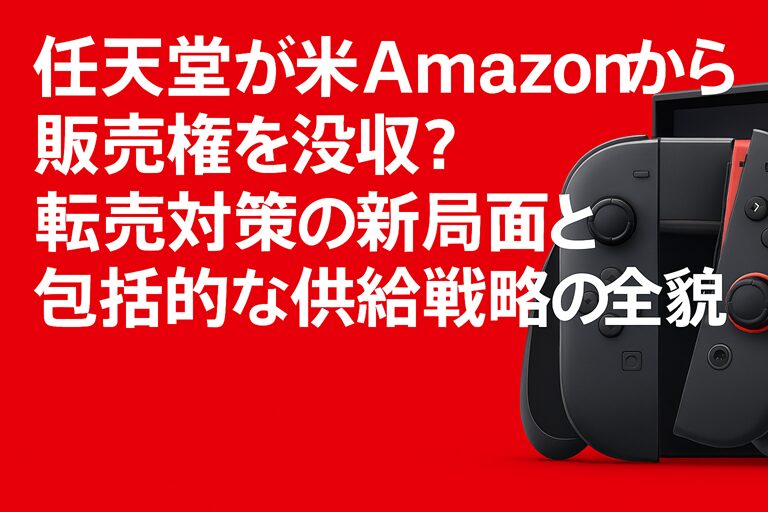

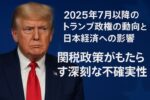
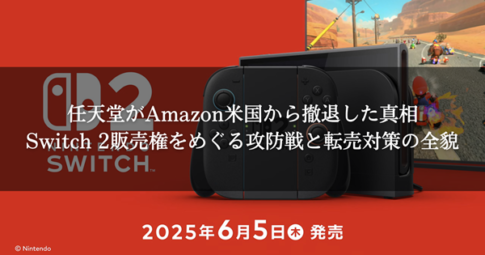

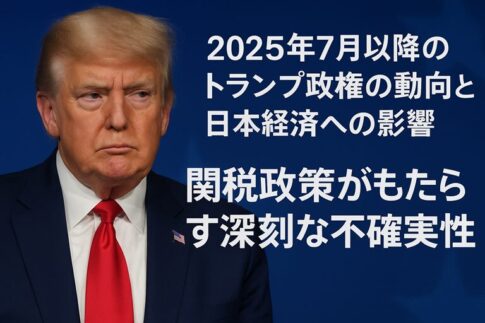





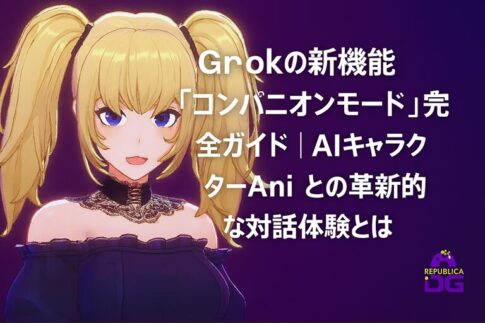
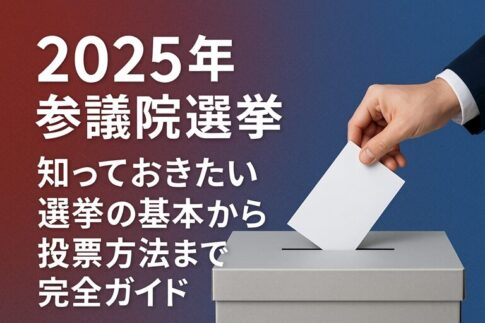


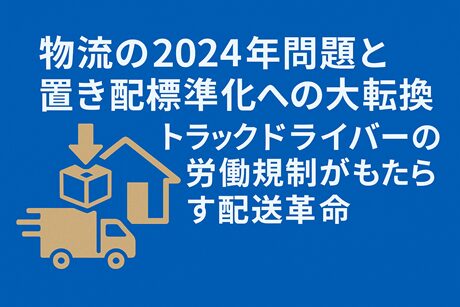

Leave a Reply